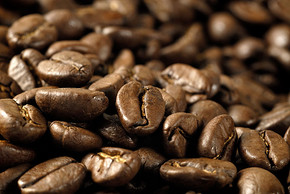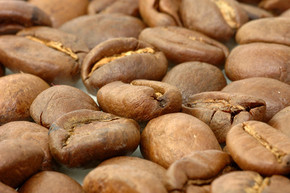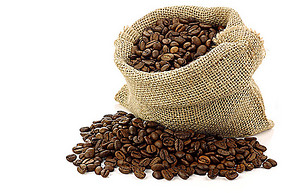Brief introduction of San Ignacio Coffee Bean in San Ignacio, Peru
Follow the caf é (Wechat official account vdailycom) and found that Beautiful Cafe opened a small shop of its own.
San Ignacio San Ignacio, Peru
According to Gardelli, this is the best Peruvian he has ever tasted.
Rony Gurrero founded Lima Coffee in Jaen in 2016. Ronnie worked as a quality controller at Peru's largest coffee exporter to understand the quality and potential of coffee products, but what he saw was a small number of coffee with outstanding flavor, mixed with a large number of commercial beans and drowned in obscurity. The goal of Lima Coffee is to establish a cooperation model that subverts the past, based entirely on cup scores. In contrast to traditional cooperatives, Lima Coffee is made up of farmers located in the same area. It is hoped that the more coffee sold, the better.
But Ronnie's new model is different. It is based entirely on quality. Because he is very familiar with farmers and products in the Cajamarca area, he can find the best coffee and sell it to the United States in micro batches. In this way, he will finally be able to preserve the high-quality coffee without denifying it as commercial beans.

Farmers in Kamamaca near the town of San Ignacio, San Ignacio, are small, but the farms are full of micro-processing plants, with simple peeling machines, cement fermentation tanks and sun farms. After the ripe fresh fruit was harvested, it was treated with traditional washing, then dried and fermented for 12-18 hours, washed and removed mucus, then moved to an elevated shed bed to dry for 10-14 days. When the water content is less than 12%, farmers will send the shell beans to the processing plant in San Jagnasio for shelling. Ronnie is so strict about the quality that he won't buy any raw beans with more than 11% moisture to avoid rapid aging.
There are three varieties of this coffee: red, yellow Kaddura, and Tibica, produced by five farmers: Luiz Antonio, Jacinto Jora Willaacero, Alexander Flores, Rosendo Cofiria and Gevaro Cruz.
Important Notice :
前街咖啡 FrontStreet Coffee has moved to new addredd:
FrontStreet Coffee Address: 315,Donghua East Road,GuangZhou
Tel:020 38364473
- Prev

The market of Peruvian coffee, a brief introduction to Peruvian coffee
Following caf é (Wechat official account vdailycom) found that Beautiful Cafe opened a small shop of its own as a rising star in the coffee industry, Peruvian coffee is gradually opening its popularity and entering the international market. Peruvian coffee has always been used as one of the stable and mellow mixed beans of comprehensive coffee. Peruvian coffee has a mellow taste and proper acidity.
- Next

Peruvian coffee history and origin introduction
Pay attention to the coffee comment (Weixin Official Accounts vdailycom ) and find that the beautiful cafe opened its own small shop coffee came to Peru between 1740 and 1760. At that time, the jurisdiction of the Viceroy of Peru was larger than that of Peru today. Although the climate was quite suitable for large-scale coffee cultivation, for the first 100 years, all coffee was drunk locally. Coffee exports to Germany and England
Related
- Detailed explanation of Jadeite planting Land in Panamanian Jadeite Manor introduction to the grading system of Jadeite competitive bidding, Red bid, Green bid and Rose Summer
- Story of Coffee planting in Brenka region of Costa Rica Stonehenge Manor anaerobic heavy honey treatment of flavor mouth
- What's on the barrel of Blue Mountain Coffee beans?
- Can American coffee also pull flowers? How to use hot American style to pull out a good-looking pattern?
- Can you make a cold extract with coffee beans? What is the right proportion for cold-extracted coffee formula?
- Indonesian PWN Gold Mandrine Coffee Origin Features Flavor How to Chong? Mandolin coffee is American.
- A brief introduction to the flavor characteristics of Brazilian yellow bourbon coffee beans
- What is the effect of different water quality on the flavor of cold-extracted coffee? What kind of water is best for brewing coffee?
- Why do you think of Rose Summer whenever you mention Panamanian coffee?
- Introduction to the characteristics of authentic blue mountain coffee bean producing areas? What is the CIB Coffee Authority in Jamaica?

